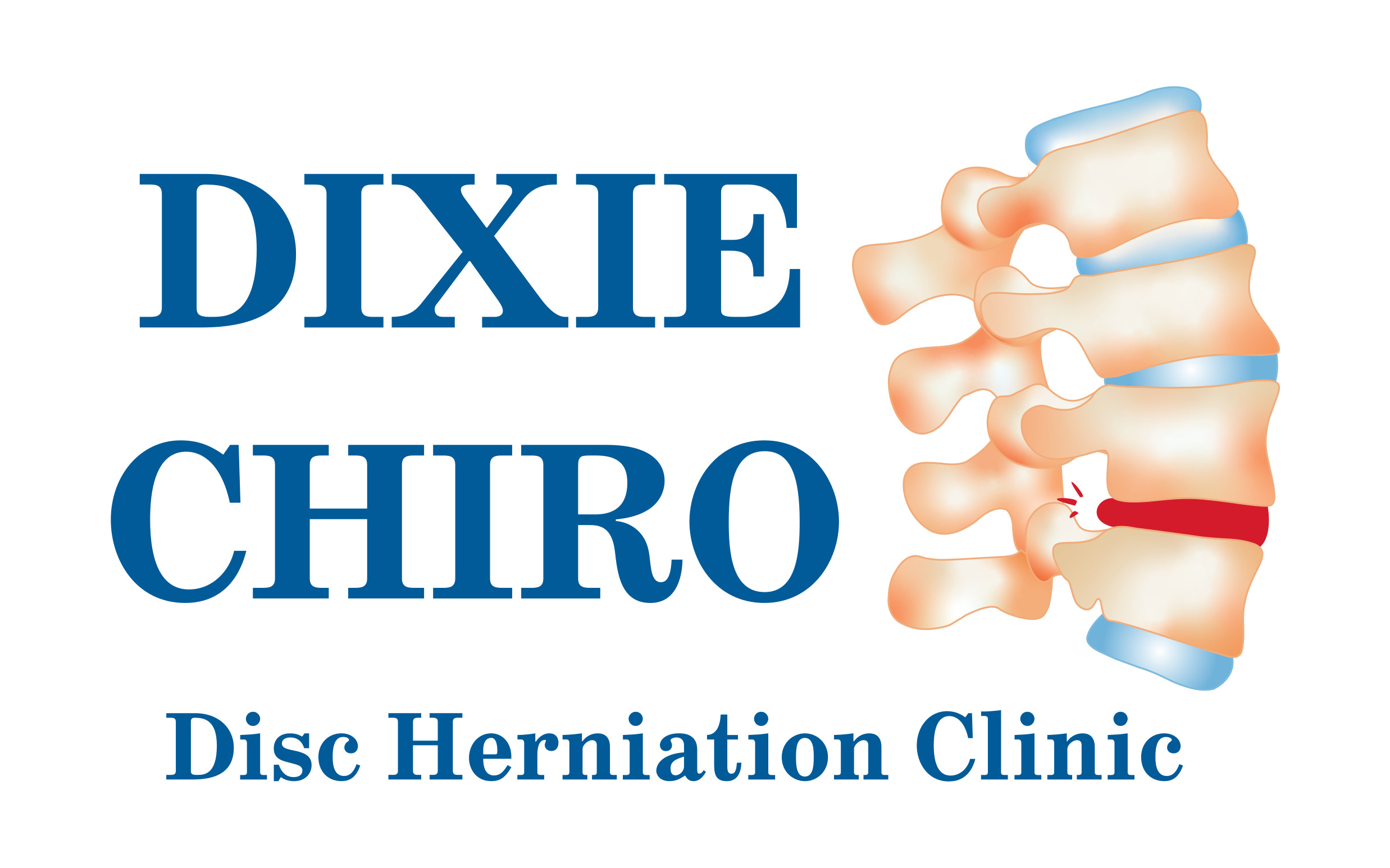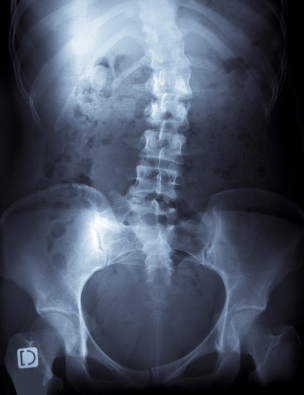All spines have natural curves. Scoliosis, however, is a progressive, abnormal sideways curvature of the spine. When left untreated, it can cause severe spinal deformity. Usually, it is first detected in childhood or the early teen years while the bones of the spine are still growing. Because the spine and rib cage are connected, severe scoliosis also affects the position of the ribs, pushing them further apart on the outside of the curve, and closer together on the inside. This causes the spine’s “S” curve appearance typical of scoliosis.
Pressure from severe spinal distortion can also affect surrounding organs. Health risks from severe spine curvature include neurological problems from pressure on nerves, arthritis, and even lung and heart problems. Severe scoliosis not only harms the individual’s appearance and self-esteem, but it can also compromise one’s health and ability to function. The ability to participate in sports or athletic activities is usually limited and difficult. And limited physical activity can lead to a decrease in overall fitness. Because scoliosis tends to run in families, doctors believe that hereditary factors may predispose some individuals to this condition. In other cases, it can be caused by spinal abnormalities present at birth.
How Is Scoliosis Diagnosed?
Because early detection is so important, preliminary screening should occur during the elementary school years. Visual signs of scoliosis include uneven shoulder heights, loss of structural balance, or a change in posture. After a visual assessment, Dr. Wagner will take x-rays of back and side views of the spine. Bending and stretching positions may also be x-rayed. The involved vertebrae, the direction of curve, and vertebral rotation are all recorded. It is important to accurately establish the degree and severity of curvature as a benchmark for future comparison. Also, the child’s spinal maturity is measured. The doctor’s goal is to discover the scoliosis while the individual is still young. When started on an exercise and chiropractic therapy program early enough, it is possible to slow or even stop the progress of the curvature.
How Is Scoliosis Treated?
Unfortunately, in medical management the most common approach usually is to “wait and see.” While some cases may progress slowly, in others the curves may progress dramatically, creating significant physical deformity. When the problem becomes severe enough, unsightly braces or even surgery is standard treatment. The chiropractic approach is to use specific spinal adjustment along with a program of corrective exercises. Usually a corrective adjustment is made to return the vertebrae to a more normal position. With careful monitoring regular treatment, and exercise the spinal deformity of scoliosis can be minimized and more invasive procedures avoided. With early detection and early treatment, chiropractic doctors have seen excellent results with scoliosis cases. This safe, natural approach to treatment has helped many children find a healthier, happier life.


Recent Comments